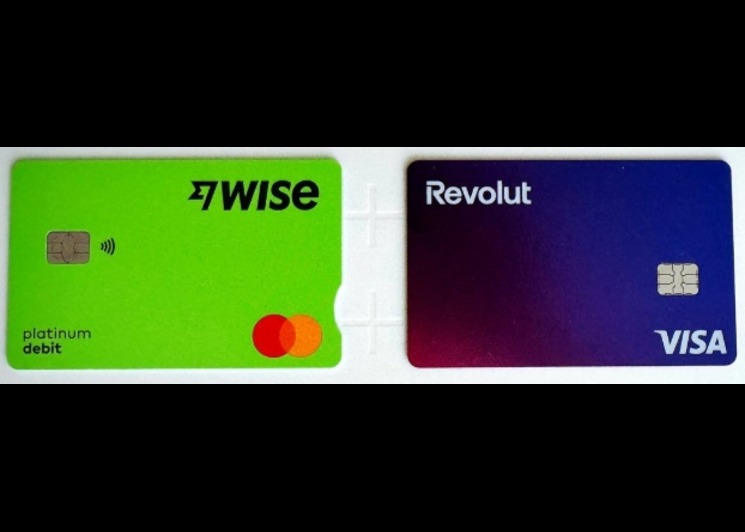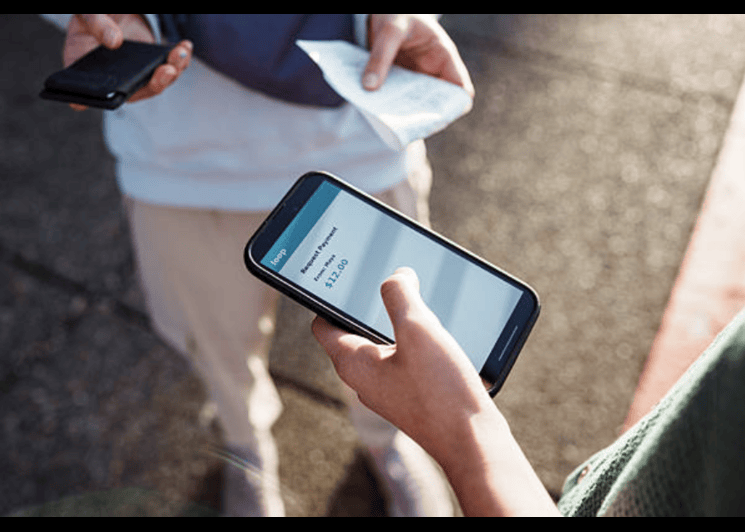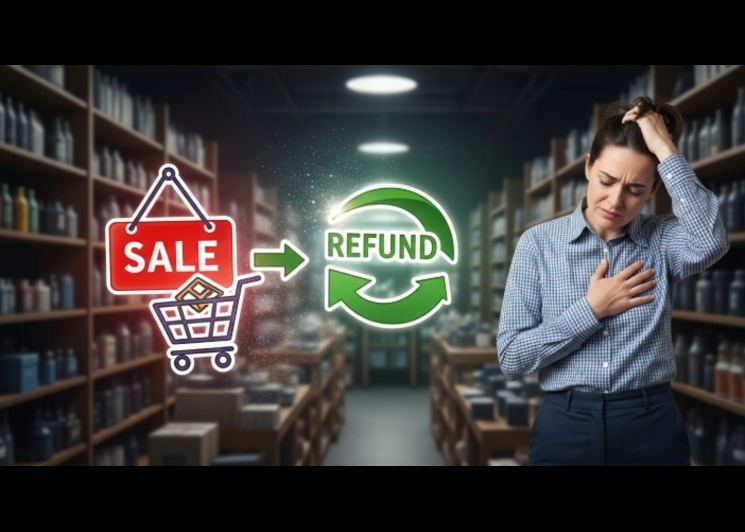Profit and Loss Management: Building a Strong Financial Foundation for Growth
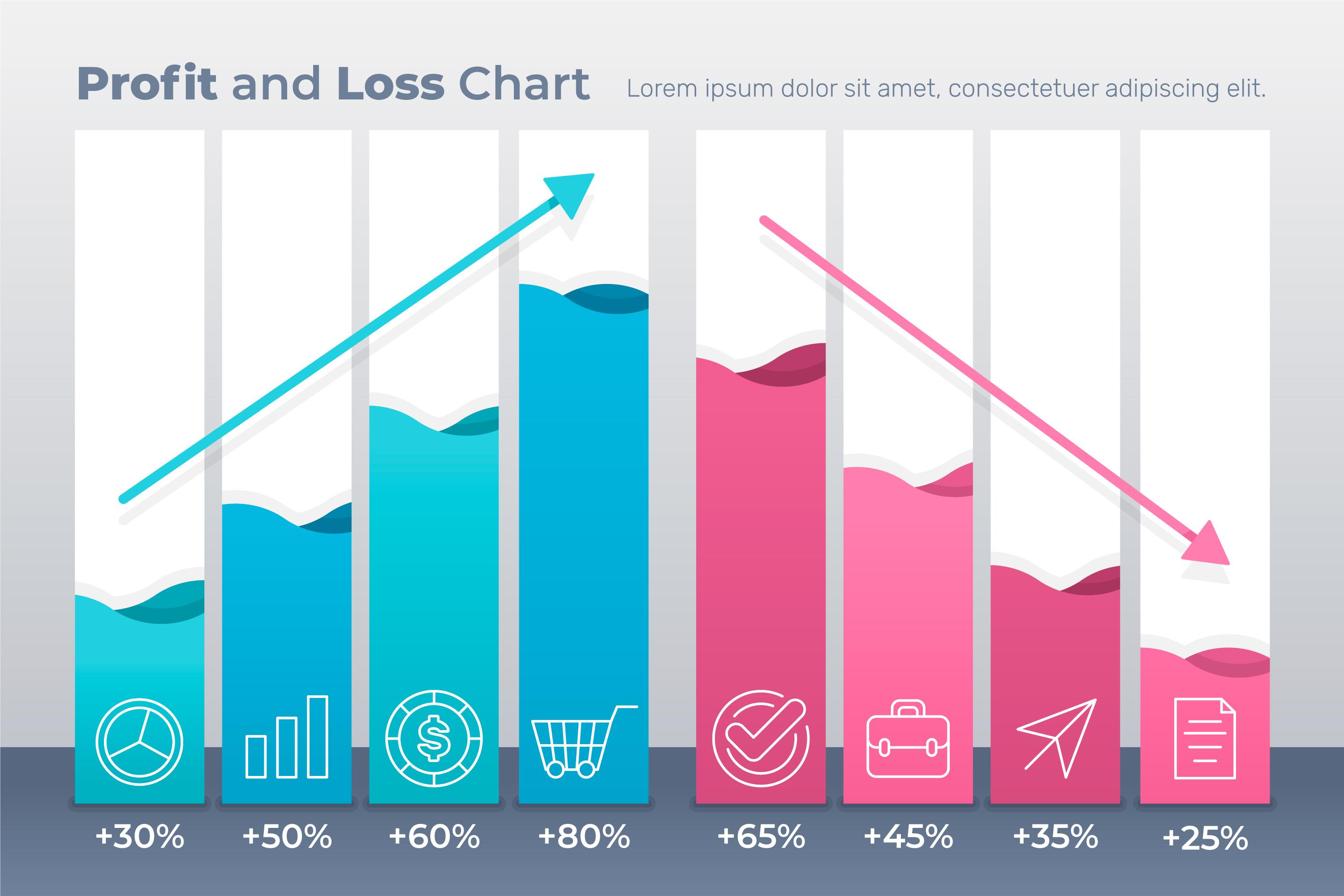
Profit and loss (P&L) is one of the clearest ways to understand whether your business is moving forward or struggling to keep pace financially. It records how much money comes in through revenue and how much goes out through expenses. Without effective profit and loss management, even a company with strong sales can struggle to remain financially stable.
Every decision, whether hiring a new employee, launching a campaign, or entering a new market, affects your profit and loss. That’s why P & L management isn’t just for accountants; it’s an essential skill for business leaders, marketers, and entrepreneurs. When you understand loss & profit clearly, you can make better choices and avoid unpleasant financial surprises.
With the right system in place, businesses can track every expense, measure margins, and make better financial decisions. And today, digital tools like Bycard virtual cards make P & L management simpler, sharper, and far more reliable.
- Profit and Loss Explained: The Basics Every Business Owner Should Know
- Breaking Down the Profit and Loss Statement
- Why Profit and Loss Management Matters
- The Risks of Poor P & L Management
- Profit and Loss in Advertising: Why Expense Control Matters
- How Bycard Supports Profit and Loss Management
- Why Businesses Should Care About P & L Management
Profit and Loss Explained: The Basics Every Business Owner Should Know

Profit and loss (P & L) is the financial record that shows how much your business earns versus how much it spends within a given period. Often presented in a profit and loss statement (also called an income statement), it reveals whether your business is running at a profit or operating at a loss.
But profit & loss (P & L) is more than numbers on a page. It highlights which costs are draining your margins, pinpoints the products, services, or campaigns driving growth, and provides insights that help guide smarter decisions. By tracking these patterns, business owners can see whether rising sales are being matched or outweighed by expenses.
For any business that wants stability and sustainable growth, understanding profit and loss isn’t optional, it’s a core discipline that brings visibility, direction, and confidence.
Breaking Down the Profit and Loss Statement
A loss & profit statement is more than a financial document, it’s a roadmap for decision-making. It usually includes several key components:
- Revenue (or Sales): The top line of your financial activity.
- Cost of Goods Sold (COGS): Direct costs tied to creating products or delivering services.
- Gross Profit: Revenue minus COGS, showing efficiency in production.
- Operating Expenses: Costs such as salaries, rent, utilities, and marketing.
- Operating Profit: Profit before taxes and interest.
- Net Profit or Loss: The bottom line, the true picture of financial health.
When reviewed consistently, a loss & profit statement gives insight into which areas are creating value and which ones are draining resources. For example, you might see strong sales but poor net profit because marketing or payroll expenses are climbing. Or you may discover that one service consistently delivers higher margins than others.
Strong profit and loss management means not just reading these figures but acting on them, cutting costs in weak areas and doubling down where profitability is highest.
Why Profit and Loss Management Matters
Profit and loss management means more than just creating reports. It’s the practice of regularly tracking, analyzing, and acting on financial data. Without it, businesses risk making decisions based on incomplete information.
Strong P&L management helps you:
- Stay in control of cash flow.
- Avoid overspending that reduces margins.
- Identify profitable products, services, or campaigns.
- Plan with confidence for sustainable growth.
This level of oversight benefits everyone, whether you’re a small business owner trying to stay cash positive or a large company managing multiple revenue streams.

Perfect Card for running ads!
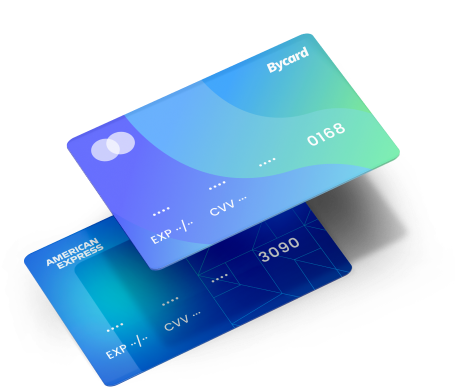
The Risks of Poor P & L Management
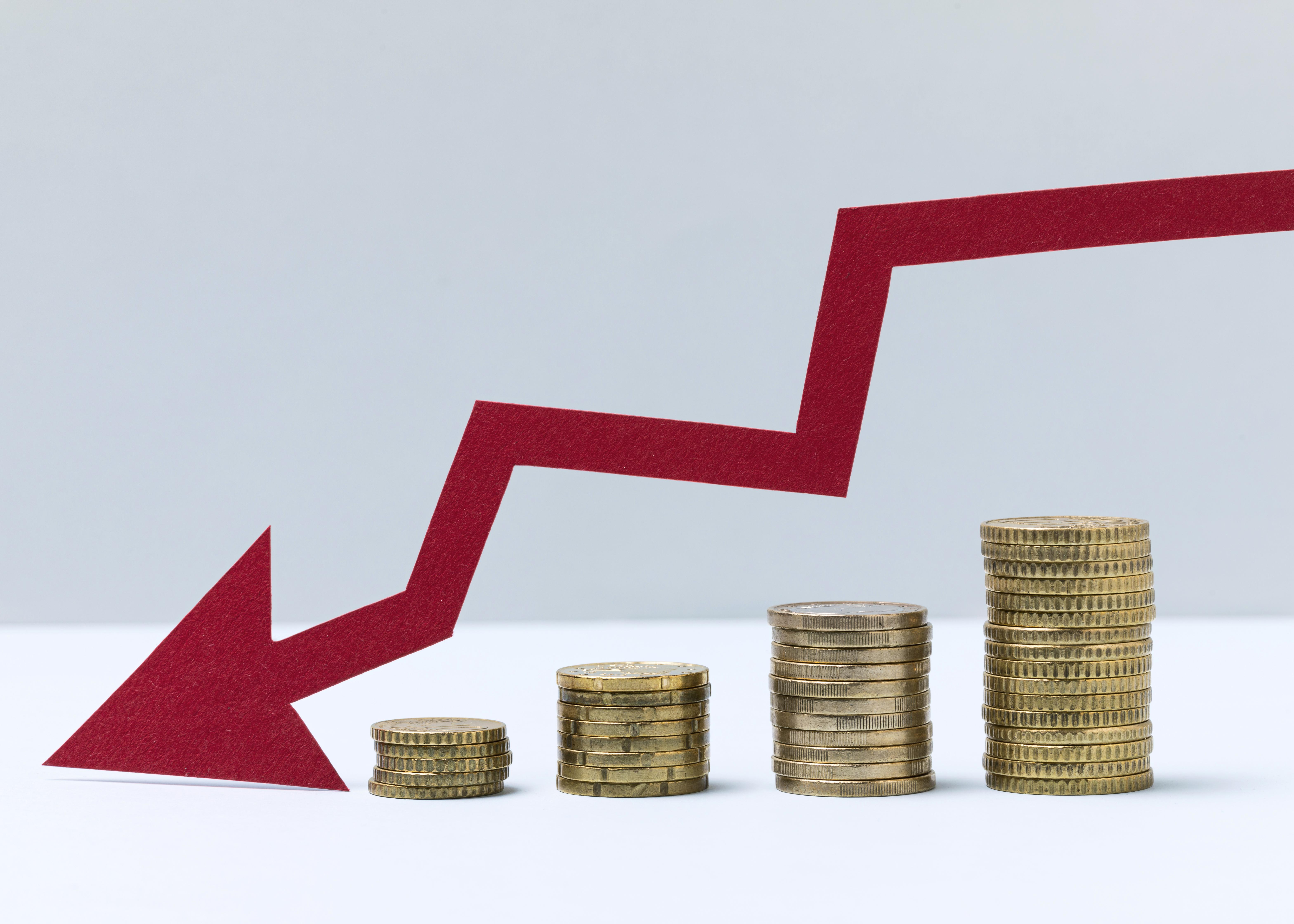
When profit and loss management is ignored, problems build up quietly until they’re difficult to fix. Common challenges include:
- Cash shortages: Expenses exceed revenue, leaving little liquidity for operations.
- Overspending: Spending grows faster than income.
- Poor visibility: Decision-makers operate without clear loss & profit data for decisions.
- Unclear ROI: Marketing and campaign costs blend together.
- Slow reconciliation: Without expense separation, matching payments to accounts becomes a challenge.
These risks explain why P & L management is a necessity, not an option. Businesses that track profit and loss consistently have better control over cash, clearer insight into performance, and greater flexibility to adapt when market conditions shift
A disciplined approach to loss & profit reporting allows companies to see early warning signs, correct mistakes faster, and strengthen overall financial health.
Profit and Loss in Advertising: Why Expense Control Matters
For many businesses, advertising is one of the largest recurring costs. Without structured profit and loss management, ad spend can quickly distort financial reports.
Imagine running multiple campaigns across Meta, Google, and TikTok with one shared payment method. Expenses blur together, receipts pile up, and finance teams spend hours untangling which campaign generated which results. This lack of clarity not only complicates accounting but also makes it impossible to measure real ROI.
Bycard helps solve this challenge. By assigning a dedicated virtual card to each campaign or client, businesses can separate costs at the source. That precision ensures accurate profit and loss reporting and gives marketers and finance teams the ability to:
- Compare the true profitability of campaigns.
- Control budgets with card-level spending caps.
- Avoid wasteful overspending that eats into margins.
With clear loss & profit visibility in advertising, businesses can invest confidently, scale winning campaigns, and cut back on those that don’t perform. Expense control isn’t just about saving money, it’s about making sure every dollar contributes to profitability.
How Bycard Supports Profit and Loss Management
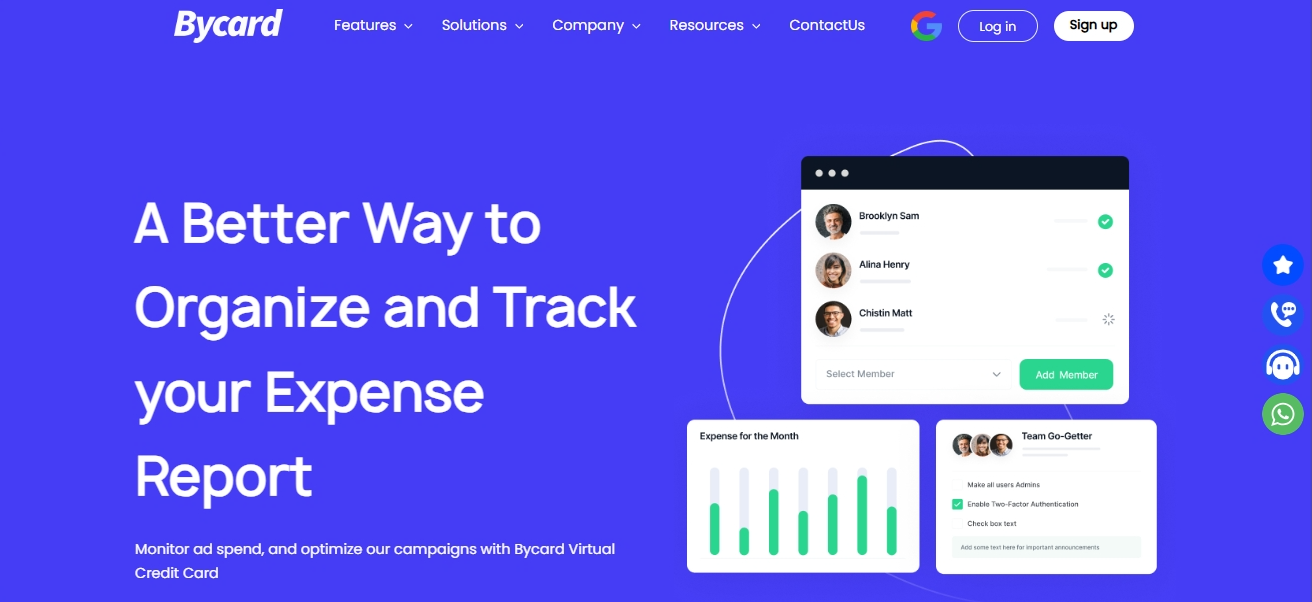
Profit and loss management depends on accurate tracking of where money comes in and where it goes out. While accounting software provides the framework for reporting, businesses often struggle with real-time expense control, especially when it comes to variable costs like ad spend. This is where Bycard becomes a valuable partner in P & L management. As a virtual card platform, Bycard gives businesses the tools to monitor, and control spending at the source, ensuring every transaction contributes to clearer visibility in loss & profit reporting.
With Bycard, you can:
- Set card-level caps and alerts: Prevent runaway costs and stay aligned with budgets.
- Issue card-per-account or campaign: Keep every client or department’s spending separate for cleaner reporting.
- Merchant lock cards: Restrict cards to platforms like Meta, Google, or TikTok for safer and more accurate expense allocation.
- Generate clean logs: Export card-level data for easy reconciliation with P & L statements.
By bringing structure and precision to everyday expenses, Bycard simplifies what can otherwise be a complex process. Instead of scrambling at the end of the month to reconcile costs, finance teams get organized records ready to integrate into profit and loss statements. For business leaders, this means greater confidence in the accuracy of their numbers and the ability to make sharper, data-driven decisions. In short, Bycard doesn’t just support profit and loss management, it strengthens the foundation of smarter financial control.
Why Businesses Should Care About P & L Management
Businesses that stay on top of profit and loss don’t just keep their finances stable, they set the stage for long-term growth. Without this discipline, many companies fall into reactive patterns, fixing problems only after they surface. Regular P & L tracking helps spot unnecessary expenses early, such as rising subscriptions or underperforming products, and ensures leaders base decisions on real data rather than assumptions.
With this clarity, companies reduce financial risks, maintain cash flow for essentials like payroll and rent, and create the structure needed to scale smoothly into new markets or campaigns. Transparent reporting also builds trust with investors, partners, and employees, who can see that the business is on solid ground.
What makes this process even more effective today are digital tools. Solutions like Bycard make expense management more immediate and transparent by assigning clear budgets to every transaction. Instead of waiting for end-of-month reports, finance teams can monitor ad spend, subscriptions, or project costs in real time, keeping expenses aligned with strategy and ensuring the business remains both secure and profitable.

Perfect Card for running ads!

Conclusion
Profit and loss management is the foundation of healthy business operations. While accounting tools generate the actual reports, solutions like Bycard make those reports more accurate by providing clean, organized, and transparent expense data.
At the end of the day, profit and loss management is about clarity and control. With Bycard, businesses don’t just track expenses, they transform messy costs into powerful insights that fuel confident growth.


